#EatLocal
Text
Beautiful Monday
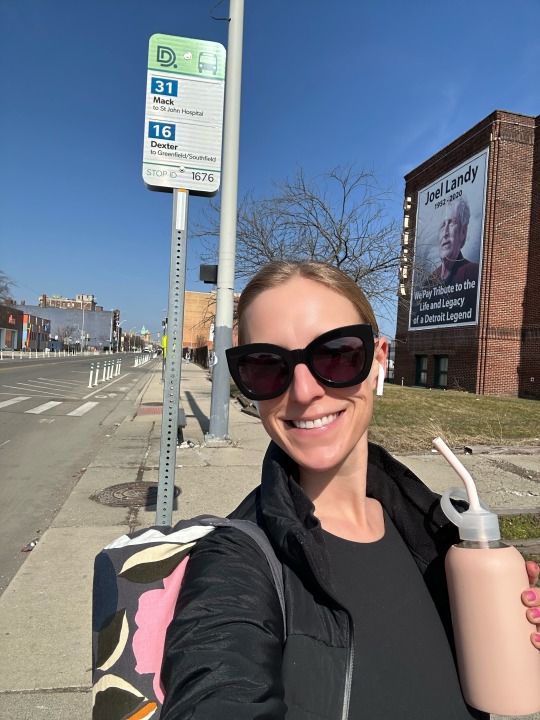
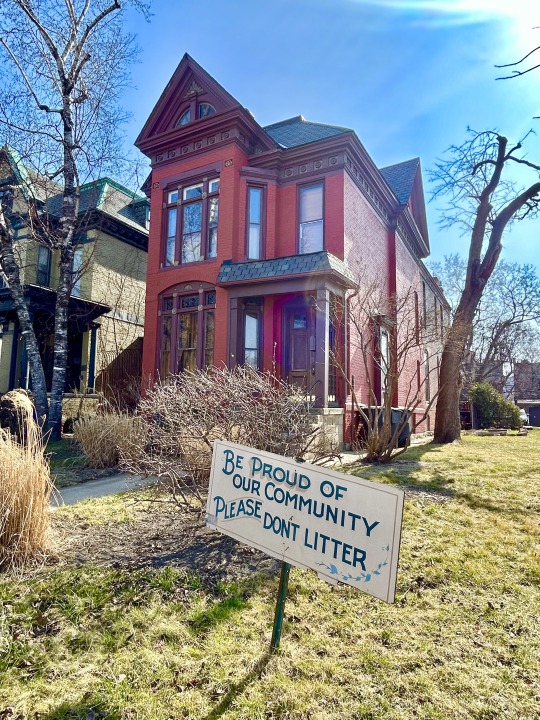
It's a beautiful Monday in March! I took the bus to a noon yoga in Milwaukee Junction and embraced the 70-degree day with a walk home.
I stopped by Season's Market on my way back and picked up some groceries for lunch. I hope you've been able to get outside today!



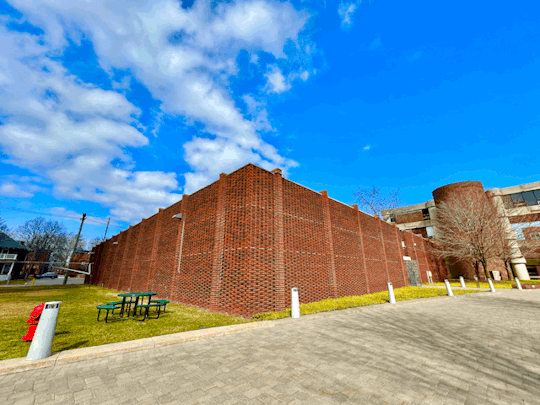
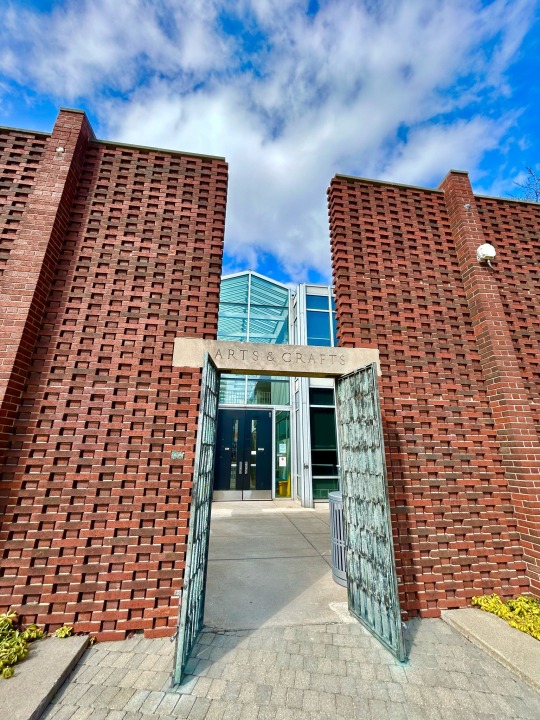


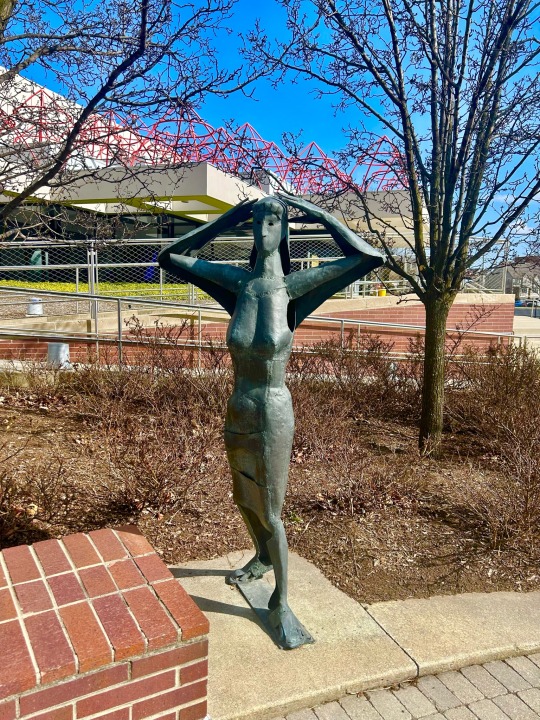









#walkingdetroit#carfree#happymonday#midtowndetroit#milwaukeejunction#culturalcenter#collegeofcreativestudies#cssdetroit#detroitinstituteofarts#midtown#casscorridor#shoplocal#eatlocal
6 notes
·
View notes
Text
Dubai Food Photography

In a city where flavors collide, we’re here to capture the symphony of tastes that make Dubai’s culinary scene truly unique. WhatsApp/Call for bookings or a free consultation: +971569175192 / +971566811855
Creativepro-A best company for Dubai Food Photography and Videography
#DubaiFoodPhotography#EpicureanLensDubai#DubaiTastyFrames#DeliciousVisualsDXB#dubaifoodphotography#mydubai#uaefood#foodphotography#foodieheaven#dubaieats#foodstagram#instafood#delicious#foodlover#foodart#dubailunch#dubaidinner#dubairestaurant#dubaifoodblogger#eatlocal#supportlocal#foodgrammer#dessertlover#coffeelover#dubainightlife#foodieweekend
2 notes
·
View notes
Photo
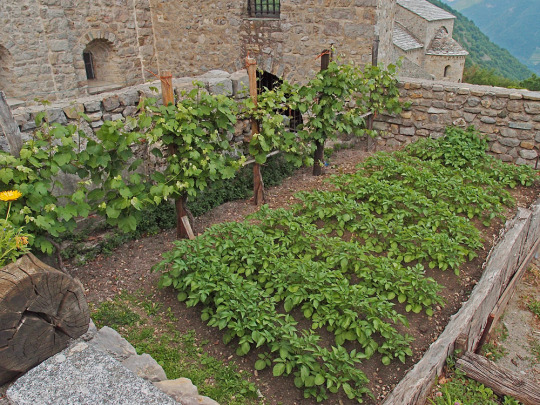
mountain kitchen garden
98 notes
·
View notes
Photo

You guys remember that papaya tree that fell during last years hurricane season? Well, I didn’t remove it and decided to leave it to rot in place. Little did I know that the branches would root and create new trees! This particular papaya came from such a branch that was only 3 inches taller than this papaya. I guess the lesson here is that sometimes no reaction is the best reaction 🫶🏾 #growninhaiti #papaya #morelove #haiti #ayiti #regenerativefoodsystem #foodforest #abundance #nurtureyournature #growth #harvest #treeripened #nogmos #nopesticides #noherbicides #eatlocal https://www.instagram.com/p/CjD17wjOcjO/?igshid=NGJjMDIxMWI=
#growninhaiti#papaya#morelove#haiti#ayiti#regenerativefoodsystem#foodforest#abundance#nurtureyournature#growth#harvest#treeripened#nogmos#nopesticides#noherbicides#eatlocal
32 notes
·
View notes
Text

A couple of weeks ago, we discussed the different methods of crop irrigation that farmers use and how climate change is affecting the volume of water needed to keep fields hydrated and healthy here in the northeast. Managing water use wisely by installing efficient irrigation systems is just one of many steps that farms can take to reduce their impact on the local ecology while increasing their profitability and productivity. This week, we’ll touch on the importance of protecting and improving soil health to the future of sustainable farming.
Building healthy soil and preventing erosion
Sustainable agriculture is often used interchangeably with the term ‘regenerative agriculture’ because of the focus on restoring degraded farmland back to its former vitality and biodiversity. Beginning in the early 1900s, traditional farming techniques underwent a rapid transformation as mechanization replaced animal and human labor. As a result of these changes, the use of artificial fertilizers and pesticides was introduced, farms grew larger, yields increased and free-range, pastured animals were confined to smaller areas or moved into feedlots.
During his youth in the 1950s, my father worked as a part-time laborer on a small farm in the north of England where he witnessed firsthand many of these changes occurring in real-time. The farm horse named Kit that he had grown fond of and spoiled with carrots and apples was replaced by a Ferguson tractor, while ancient hedgerows filled with blackberry briars and bountiful plum and damson trees were removed to make it easier for the new tractor to plow the land. He recalls forking out chicken and cow manure from the back of the horse-drawn cart to naturally fertilize the fields and hand-harvesting potatoes amongst other “backbreaking work” that is now performed by machines instead of farmhands.
While all this modernization has spiked farm efficiency and production, it has often come at the expense of the health of the farmland, livestock and environment. Regenerative agriculture aims to restore the land back to its former fertility by reintroducing many of the traditional farming techniques of my father’s youth. At its core, it centers on promoting and bolstering soil health as fundamental to a farm’s ability to thrive and prosper well into the future by adopting a range of methods including the following:
Crop rotation and diversity: Rather than planting the same crop in the same field year after year, which eventually depletes the soil of certain nutrients and can lead to pest infestations, farmers introduce a different type of crop each year or at multiyear intervals. They can also include intercropping which involves growing a mixture of crops in the same area.
Cover crops and perennials: Cover crops such as clover, rye, buckwheat, mustard and vetch are planted in fields during the off-season when the ground might otherwise be left bare. This helps protect and build soil health by replenishing nutrients and preventing erosion from extreme weather events that are becoming more frequent due to climate change. Perennial crops such as alfalfa and asparagus keep soil covered, suppress weed growth and maintain living roots in the ground year-round which hold soil in place and helps stabilize the areas in which they are planted.
No or limited use of chemicals: Crop rotation and planting cover crops will naturally reduce or eliminate the need for synthetic pesticides and fertilizers over time by protecting and boosting soil biology. Regenerative agriculture allows for the judicious use of chemicals only when needed, such as when restoring heavily depleted soil to its natural resilience.
Compost, animal and green manure: Farmers can increase the amount of organic matter in their soil and boost its fertility through the application of compost, animal manure and ‘green manuring’ their cover crops which entails plowing under the still-living, undecomposed plants into the ground where they slowly release fertilizing nutrients like nitrogen.
Reducing or eliminating tillage: Traditional plowing (aka tillage) prepares fields for planting and prevents weed growth by mechanically turning over the uppermost layer of soil. Unfortunately, plowing disrupts soil microbiology (bacteria, fungi and other organisms) which causes soil loss and releases carbon stored in the soil’s organic matter into the atmosphere as carbon dioxide, which we all know is a potent greenhouse gas. Alternatively, no-till or reduced-till methods involve inserting crop seeds directly into undisturbed soil, which reduces erosion and conserves soil health.
Agroforestry: Agroforestry refers to the practice of incorporating trees into farmland, such as the plum and damson trees my father remembers in the old hedgerows. By cultivating trees and shrubs on their property and mixing them into their operations, farmers can provide shade and shelter that protect crops, livestock, and water resources, while also leveraging additional income from fruit, syrup, nut, or timber yields. Agroforestry promotes biodiversity on a farm and trees are, of course, critical to slowing the effects of climate change. Plus, trees promote soil health by preventing erosion, fixing nitrogen and supporting the growth of fungi and other soil microbes.
Unlike large, industrial farms that grow monoculture crops and factory farmed animals, the small, local farms that partner with Down to Earth farmers markets have long embraced many of these sustainable agricultural practices. From composting to pasturing livestock to crop diversification, our farms understand the importance of soil health and are invested in protecting the local ecosystems and communities in which they operate, while producing a range of healthy, nutrient dense foods. It’s a win-win for everyone!
#downtoearthmkts#farmersmarket#eatlocal#shoplocal#buylocal#eatdowntoearth#regenerative agriculture#farmersmarkets#agroforestry#crop rotation#cover crop#crop diversification#localfood#no till
3 notes
·
View notes
Photo

Went and tried Diana's Burgers (founded by Chris Madrid's sister!) this past weekend with @kyle.belmont, super tasty! We also watched Black Adam, and that certainly was a film we watched, yes indeed. 😬 #weekendvibes #ieatfoodjustlikeyou #dianasburgers #cheeseburger #tastycakes #eatlocal #delicious #witnessmybeanchewing https://www.instagram.com/p/CmX2-vmj26q/?igshid=NGJjMDIxMWI=
#weekendvibes#ieatfoodjustlikeyou#dianasburgers#cheeseburger#tastycakes#eatlocal#delicious#witnessmybeanchewing
11 notes
·
View notes
Text


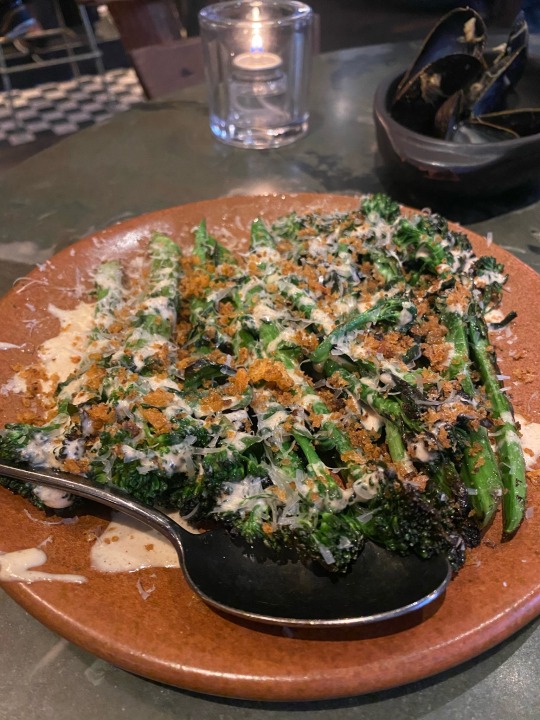


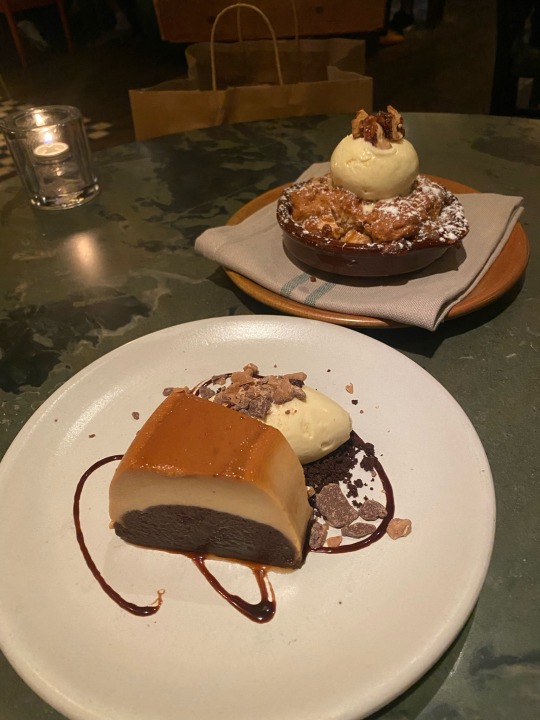
Dinner, Caldo Verde
3 notes
·
View notes
Photo

Once again, it's time for my personal General Conference tradition! In case people don't know what that is, my tradition is that I order a big Make-Your-Own Pizza from my local @panago_pizza and eat it all through the weekend so I'm not spending time making meals. It's a fun little tradition that I've had for a few years and this year, since Panago got apple pie, I decided to get myself an apple pie too. Even though this tradition of mine may seem odd to some, I love it and I love myself enough to make traditions and/or have little parties for myself from time to time. It's also just a nice little way I can celebrate General Conference while watching it and learning from it at home. @churchofjesuschrist @churchofjesuschristcanada #lds #ldsconf #church #tradition #celebrate #celebratelife #takeout #meals #pizza #pizzatime #pizzalover #applepie #foodie #foodlover #instafood #foodpic #eatlocal #eatandtreats #treat #treatyourself #selflove #selfloveisthebestlove #loveyourself #fun #nice #enjoy #party #feast #wellnessthatworks #mentalhealthmatters https://www.instagram.com/p/CjLqUhsvOMo/?igshid=NGJjMDIxMWI=
#lds#ldsconf#church#tradition#celebrate#celebratelife#takeout#meals#pizza#pizzatime#pizzalover#applepie#foodie#foodlover#instafood#foodpic#eatlocal#eatandtreats#treat#treatyourself#selflove#selfloveisthebestlove#loveyourself#fun#nice#enjoy#party#feast#wellnessthatworks#mentalhealthmatters
7 notes
·
View notes
Photo

Pork Tocino ( Sweet Cured Pork) #food #foodstagram #foodporn #foodie #foodphotography #foodlover #foodgasm #foodpic #eat #eatlocal #eatthis #eatgood #eatbetternotless #pork #porkbelly #lunch #lunchtime #lunchphotography https://www.instagram.com/p/CpjiIdjvKE8/?igshid=NGJjMDIxMWI=
#food#foodstagram#foodporn#foodie#foodphotography#foodlover#foodgasm#foodpic#eat#eatlocal#eatthis#eatgood#eatbetternotless#pork#porkbelly#lunch#lunchtime#lunchphotography
2 notes
·
View notes
Photo

You need a hot #torta from @taqueriadelpueblo at @woopublicmarket to keep you warm on this crappy winter day. Make sure you get a side of their legendary #birria broth to dip! #foodporn #mexicanfood #beef #worcesterma #eatlocal #eatworcester (at Worcester, Massachusetts) https://www.instagram.com/p/CpYUIa4Oyg_/?igshid=NGJjMDIxMWI=
2 notes
·
View notes
Text
Throwback Thursday Garden beauty shot.
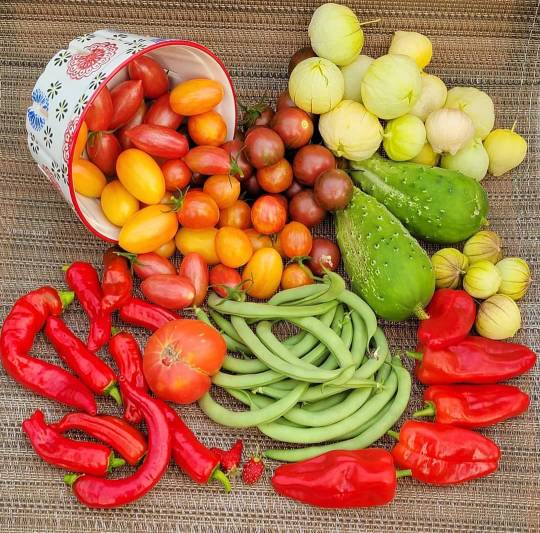
7 notes
·
View notes
Photo

#supportlocal #supportsmallbusiness #shoplocal #smallbusiness #supportlocalbusiness #shopsmall #handmade #localbusiness #foodie #eatlocal #local #buylocal #food #love #foodporn #fashion #smallbusinessowner #drinklocal #instagood #covid #community #support #craftbeer #art #coffee #supportsmallbusinesses #homedecor #supportsmall #beer #instafood (at The Whale's Rib) https://www.instagram.com/p/CpJFizGONpg/?igshid=NGJjMDIxMWI=
#supportlocal#supportsmallbusiness#shoplocal#smallbusiness#supportlocalbusiness#shopsmall#handmade#localbusiness#foodie#eatlocal#local#buylocal#food#love#foodporn#fashion#smallbusinessowner#drinklocal#instagood#covid#community#support#craftbeer#art#coffee#supportsmallbusinesses#homedecor#supportsmall#beer#instafood
5 notes
·
View notes
Text
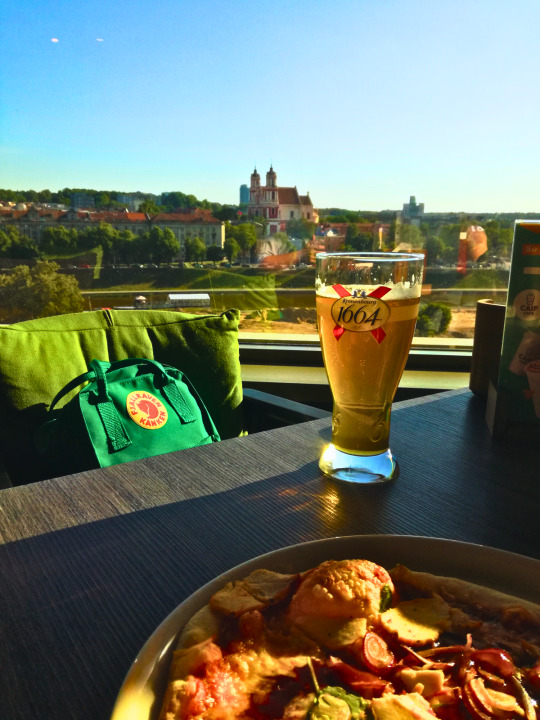
Not the best pizza but worth the view - Can Can Pizza @ VCUP , Vilnius Lithuania
#Vilnius#Lithuania#travel#pizza#foodie#foodporn#foodphotography#restaurant#explore#adventure#wanderlust#travelgram#travelphotography#vacation#holiday#citybreak#europe#discover#eatlocal#yum
2 notes
·
View notes
Photo
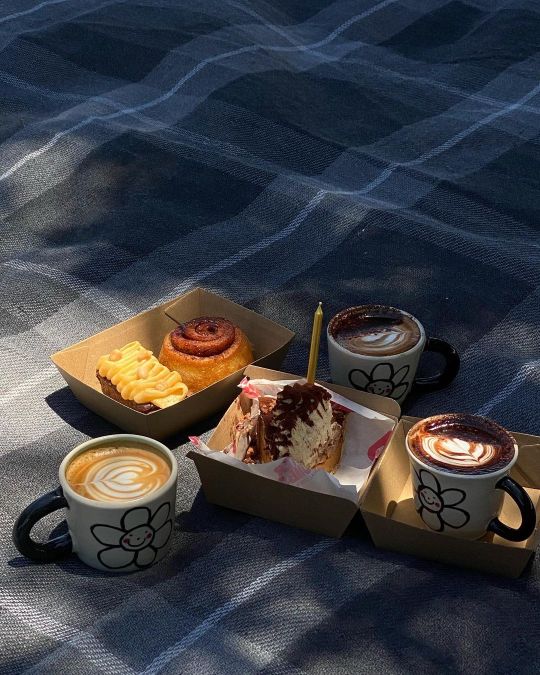
@parkside.coffee ☕️ ft. Percival 🌼 . . . . . . . . . . #coffee #coffeetime #coffeeshop #coffeeart #latteart #pastry #cake #bakery #coffeelover #drinklocal #eatlocal #perthlife #picnic #summer #foodphotography #foodpics #foodpic #foodphoto #foodstagram #foodstyling #foodshot #foodstylist #explorepage #explore #exploremore #photo #photooftheday #photogram #dessert #pie (at Parkside, South Australia) https://www.instagram.com/p/ClsfHWAvHmg/?igshid=NGJjMDIxMWI=
#coffee#coffeetime#coffeeshop#coffeeart#latteart#pastry#cake#bakery#coffeelover#drinklocal#eatlocal#perthlife#picnic#summer#foodphotography#foodpics#foodpic#foodphoto#foodstagram#foodstyling#foodshot#foodstylist#explorepage#explore#exploremore#photo#photooftheday#photogram#dessert#pie
3 notes
·
View notes
Photo
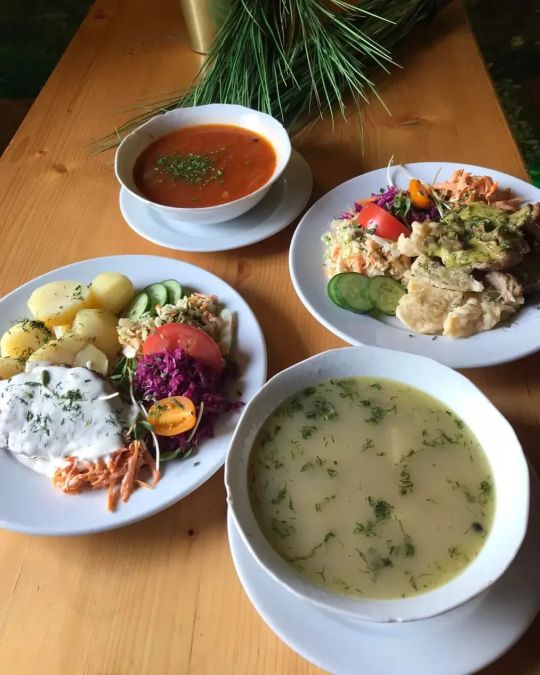
#soup #mealplan #meal #mealplanning #fit #fitgirls #fitnessmotivation #fitnessmodel #fitnesslover #foodstyle #eatwell #eathealthy #eatingfortheinsta #eatlocal #eatyourveggies #eatingnyc #eatcleantraindirty #cleanfood (w: JCC) https://www.instagram.com/p/Cghm5vxDH1x/?igshid=NGJjMDIxMWI=
#soup#mealplan#meal#mealplanning#fit#fitgirls#fitnessmotivation#fitnessmodel#fitnesslover#foodstyle#eatwell#eathealthy#eatingfortheinsta#eatlocal#eatyourveggies#eatingnyc#eatcleantraindirty#cleanfood
3 notes
·
View notes
Text
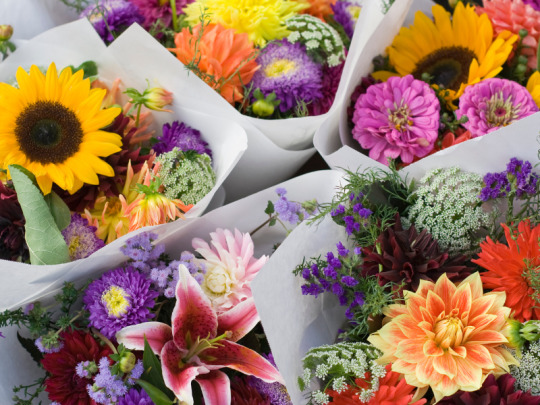
As a farmers market shopper, you are most likely familiar with the ‘Slow Food Movement’ that emphasizes the mindful consumption of unprocessed, seasonal foods that are locally grown and prepared using culturally traditional cooking techniques. It goes without saying that our farmers markets act as hubs for connecting people with all the ingredients they need to foster a healthy, slow food lifestyle and its thoughtful approach to eating. But did you know that this concept – and the larger ‘slow living’ umbrella that it is part of – has extended into many arenas of everyday life, including the purchasing of decorative, cut flowers? In fact, the very same principles that apply to the consumption of ‘slow foods’ also apply to the intentional choices we make when selecting fresh flowers to buy for ourselves and others.
Adorning one’s living space with colorful, sweetly scented flowers or gifting someone with a beautiful fresh bouquet is one of life’s simple pleasures that is accessible to most everyone. But behind those innocent-looking blooms sometimes lies a little-known dark side. Just as with modern-day industrial overproduction of food, the large-scale production, shipping and packaging of commercially grown cut flowers exacts a huge environmental toll that most consumers are generally not aware of. To address these issues, the slow flower movement encourages the sustainable, responsible and mindful consumption of decorative flowers. Along those lines, here are some things to keep in mind the next time you are looking to replace the desiccated, wilted stems in your hallway flower vase (hint: head directly to your local farmers market this summer).
Seasonal flowers
When you purchase fresh flowers in the dead of winter here in the northeast, such as buying a dozen red roses for your Valentine in mid-February, it’s a safe assumption that those blooms were not grown anywhere nearby. In fact, the majority of cut flowers sold in the U.S. are grown in far-flung warmer climates that allow for year-round production, such as California and South America. Happily, the arrival of summer to this region brings with it an influx of fresh produce into our farmstalls along with displays of fresh flowers, from sweet posies of wildflowers to sturdy bunches of sunflowers. Unlike industrially grown flowers, farmers market flowers are only available when the growing conditions allow for their production in harmony with nature’s rhythms. Whereas commercial growers routinely spray their crops with copious amounts of chemicals such as pesticides, herbicides and fungicides to ensure a constant yield, the seasonally appropriate production of local flowers requires fewer inputs and synthetic applications.
Refrigeration and transportation
After industrially grown flowers are harvested from fields and greenhouses, they are stored in chilled warehouses to preserve their freshness before being transported via refrigerated trucks to the airport where they are then flown to their various destinations via cargo planes. Upon arrival, they are transferred back into refrigerated trucks and driven to retailers and other commercial distribution centers. The long-haul transportation and extended refrigeration of these flowers before they reach their point-of-sale requires an enormous expenditure of energy that balloons the size of their carbon footprint. Alternatively, the farmers market flowers that you see have been grown locally and have made only a short trip from the field to the marketplace. They’ll be fresher by the time you get them home and your purchase helps support a small farm or flower vendor versus a large faceless corporation.
Native flowers
The range of exotic blooms you’ll find at a commercial florist or supermarket are typically not indigenous to the northeast, having been grown in different countries and warmer states. Amongst the cheerful posies of fresh flowers populating the farmstalls, you’ll find a preponderance of native plant varieties that have been growing in this area for thousands of years. These native flowers are uniquely adapted to thrive in the specific growing conditions of this region and have co-evolved alongside our local pollinators and wildlife forming a beneficial symbiosis and helping to promote biodiversity. For instance, Rudbeckia (aka black-eyed-susan or coneflower) is an herbaceous perennial native to North America that is prized for its showy golden yellow flowers that are being sold in our farmers markets right now. The nectar and pollen its flowers produce feeds native bees, butterflies, and other pollinators and it is also a larval host plant for Silvery Checkerspot (Chlosyne nycteis) caterpillars. Sticking within the yellow flower theme, all 52 varieties of sunflowers (Helianthus) are indigenous to North America while their seeds have formed a staple part of the American Indian diet for thousands of years.
Packaging
Unlike the bouquets sold by commercial florists and retailers that are often heavily packaged in plastic cellophane, when you purchase a bouquet in the farmers market, it may come wrapped in kraft paper or simply bundled up, ready to be tucked into your shopping tote. Whereas plastic film is hard to recycle and adding to our planet’s ongoing plastic pollution problem, paper is biodegradable and can be tossed in the compost along with your cut flowers once they have reached the end of their useful life.
And there you have it! We wish you a very happy summer season of ‘slow food’ AND ‘slow flower’ shopping in our Down to Earth farmers markets.
#downtoearthmkts#farmersmarket#farmersmarkets#eatlocal#shoplocal#localfood#buylocal#eatdowntoearth#local flowers#slow food#slow living#native plants#native species
3 notes
·
View notes